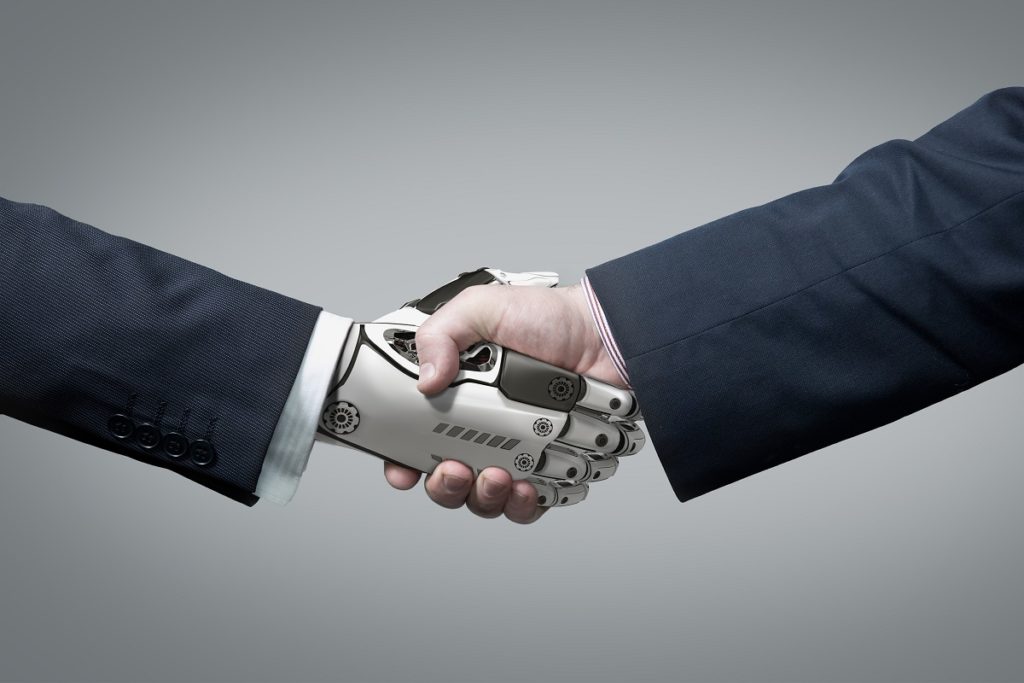The technological advances in medicine provided healthcare professionals with more ways to improve the quality of life of people around the world. These advances include the discovery of vaccines, anesthesia, X-rays, and organ transplants.
The continued developments in technology have allowed the healthcare industry to improve its services to the public. It also made people healthier and increase their life expectancies. These advances also promoted the development of technologies to deal with illnesses that have emerged in recent years, including Covid-19.
Here are some of the technological developments that helped the healthcare industry.
Telemedicine Services
The pandemic compelled people to stay home so that they can do their part in stopping the spread of the coronavirus. The shelter-in-place orders resulted in a significant reduction in cases at the start of the pandemic. However, people still needed to consult their doctors for non-Covid-19 related cases.
In these situations, telemedicine services came into play since they allowed people to see their doctors even if they didn’t visit the office. These services were also popular among people who stayed in rural areas where access to medical services was challenging.
Additionally, it allowed patients to receive support and coaching from doctors in managing their health conditions without leaving their homes. It also allowed doctors to follow up discharged patients and check if they needed additional medical help. The service also allowed doctors to check on residents of long-term care facilities even without leaving their offices.
Remote Monitoring Tools

Similar to telemedicine services, remote monitoring tools allow doctors to check on the condition of their patients. The patients had devices that automatically send information about their health to remote care centers. These tools allowed healthcare professionals to monitor the health of patients while they stayed safe at home during the pandemic. This was particularly helpful for patients who had chronic illnesses and heart diseases that may them susceptible to severe cases Covid-19 in case they catch it.
Additionally, combining remote monitoring tools with home automation also benefits the patients since it facilitates communication with the healthcare professionals. The system can be integrated into the smart home network to allow healthcare professionals to control essential home appliances while monitoring the patients while they are at home.
Improvements in Drug Development
The development of drugs to handle different illnesses is a long and expensive process. But the process was hastened due to the latest developments in technology. Artificial intelligence (AI) was used in the process of identifying potential medicines to deal with the disease. Drug companies also use AI to speed up the development of other drug candidates and innovative therapeutic solutions.
Aside from AI, drug developers use other technologies to speed up the development of other medicines. A dissolution instrument can support the process of developing drugs. On the other hand, in silico trials can help in the evaluation of imaging devices used in making scientifically sound decisions for regulatory purposes.
Wearable Technology
Wearable technology was mainly used by fitness enthusiasts who wanted to monitor their heart rate and blood pressure while exercising. Similarly, wearable medical devices also allow doctors to monitor patients as it collects data. These devices can also evaluate the health of the patients.
When serious medical issues emerge, medical professionals get a notification from these devices. They also empower the wearer as they take control of their health and make the necessary changes in their lifestyle to keep themselves fit.
Genome Sequencing
Genome sequencing is among the greatest medical advancements in the last four decades. It allows researchers to understand the human genome or the DNA sequence of an organism’s genome. It provides researchers an idea about the risks for certain diseases a person will have. Genome sequencing also gives information about the drug sensitivity of a person as well as their family history. Companies can also leverage genome sequencing for nutrigenomics.
The pandemic highlighted the significance of genome sequencing since it allowed researchers to discover the different variants of the coronavirus. It also allowed them to see the mutations of the virus and how they differed from the original one that started the pandemic.
Electronic Health Records
The evolution of the medical field also touched on the health records of patients. Hospitals moved past the use of disparate information systems that made it challenging to transfer and share patient records. These days, electronic health records are the norm. It allows systems to easily connect and facilitate the sharing of information to people authorized to access them. The system promotes efficiency when it comes to patient care as medical professionals can easily check the records of patients under their care.
Technological developments provided numerous benefits for medical professionals that allowed them to take better care of the patients under them.




